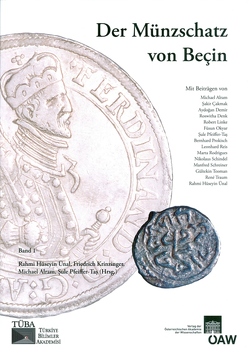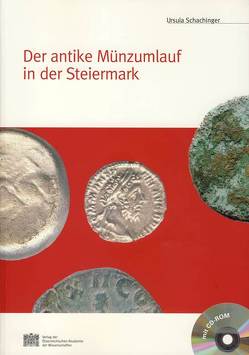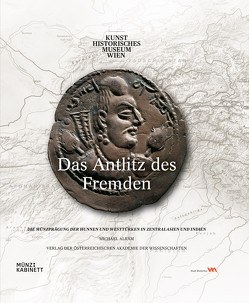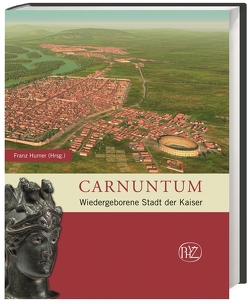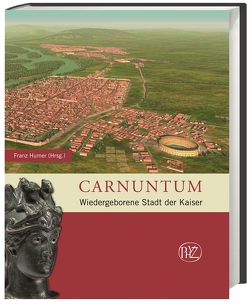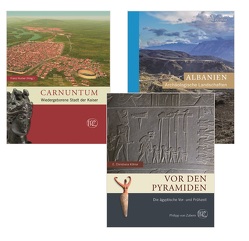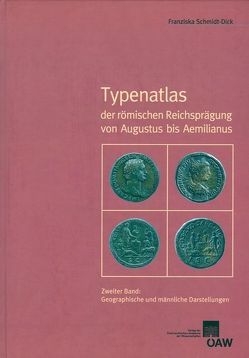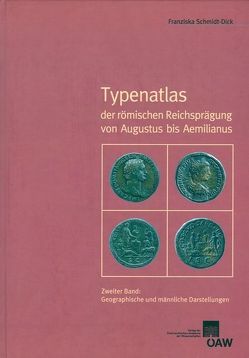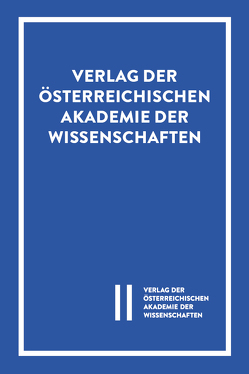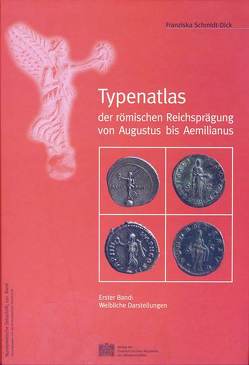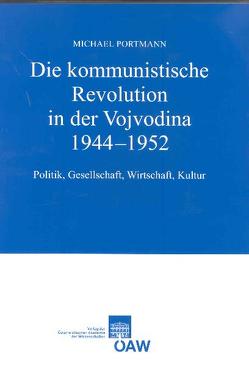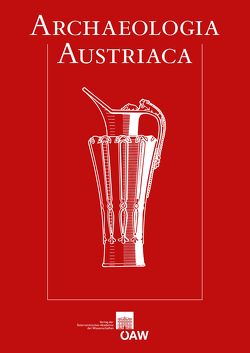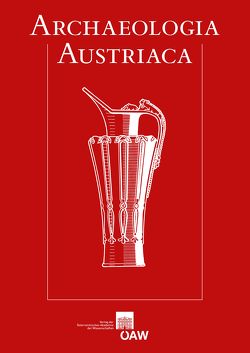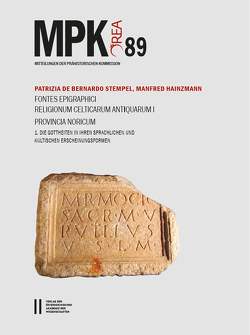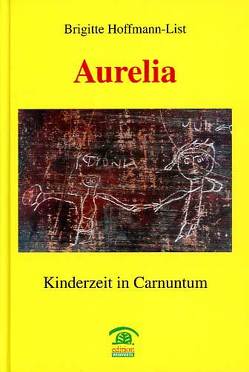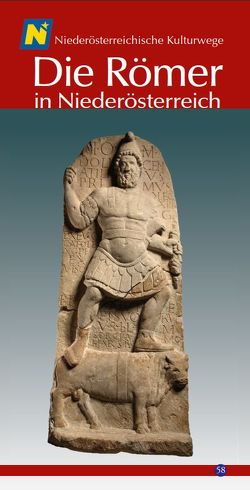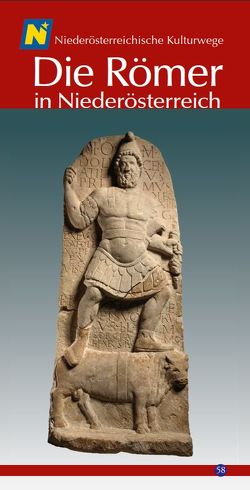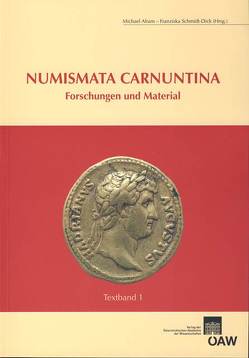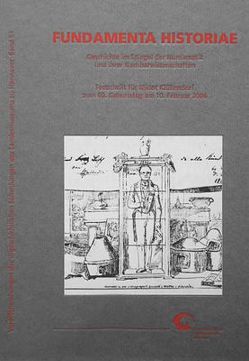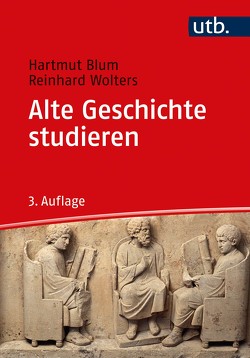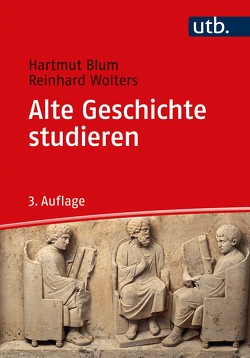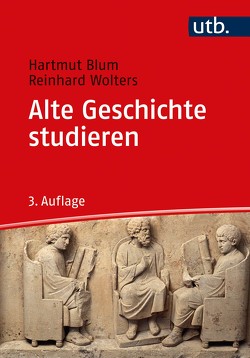Numismata Carnuntina
Forschungen und Material
Michael Alram, Franz Humer, Franziska Schmidt-Dick
Carnuntum ist seit mehreren hundert Jahren als einer der bedeutendsten Fundorte römischer Münzen in Europa bekannt und hat in dieser Hinsicht auch immer wieder das Interesse der numismatischen Forschung auf sich gezogen. In einem über zehn Jahre dauernden Großprojekt wurden durch die Numismatische Kommission fast 40.000 im Museum Carnuntinum in Bad Deutsch-Altenburg befindliche Carnuntiner Fundmünzen erfasst und einer numismatisch-historischen Auswertung unterzogen, deren abschließende Ergebnisse hier vorgelegt werden. Neben dem Münzkatalog, der auf CD-ROM erscheint, werden in elf Beiträgen die wichtigsten Forschungsfragen zu den Fundmünzen von Carnuntum beleuchtet. Ein Kernstück der Publikation bildet die statistische Auswertung des Gesamtmaterials. Ebenso wird das Schatzfundaufkommen der gesamten Region einer Analyse unterzogen und in diesem Zusammenhang die Frage des sogenannten „Markomannenhorizonts“ neu aufgerollt. Ein weiteres Kapitel ist der Geschichte und Münzprägung des Carnuntiner Kaiserpaares Regalianus und Dryantilla gewidmet. Ein besonderes Charakteristikum Carnuntums und des mittleren Donauraums sind die sogenannten Limesfalsa und Eisenmünzen, die erstmals einer substantiellen Analyse unterzogen werden. Ergänzende Beiträge beschäftigen sich unter anderem mit dem vorrömischen Geldumlauf, den in der Kaiserzeit umlaufenden Münzen der Republik, dem Zustrom von Fremdgeld und der nachrömischen Geldgeschichte Carnuntums.
…
Carnuntum, well known for a long time as one of the most important find-spots of Roman coins in Europe, has repeatedly attracted the interest of numismatic scholarship. This volume presents the results of a major research project of the Austrian Academy’s Numismatic Commission, during which nearly 40.000 coins from Carnuntum in the collection of the Museum Carnuntinum at Bad Deutsch-Altenburg were recorded and analysed. In addition to the catalogue of the material which comes on CD-Rom, the most essential questions about the coin finds of Carnuntum are discussed
Carnuntum, well known for several hundred years as one of the most important sites for Roman coins in Europe, has repeatedly attracted the interest of numismatic scholarship. This volume presents the results of a major research project undertaken by the Numismatic Commission of the Austrian Academy of Sciences, in which nearly 40.000 coins from Carnuntum in the collection of the Museum Carnuntinum at Bad Deutsch-Altenburg were recorded and analysed. In addition to a catalogue of the material, included on a CD-ROM, the most important questions about the coin finds of Carnuntum are discussed in eleven extensive articles. The core of the publication is a statistical analysis of the findings, which with respect to the size of the sample has been unparalleled until now. In addition, a number of the contributions include material that looks beyond the local area. One chapter places the coin hoards from Carnuntum into the context of the whole region, and sheds new light on the question of the connection between hoarding practices and the incursions of the Marcomanni in the second century A.D. Another chapter of the book is dedicated to the history and coinage of the short-lived imperial couple Regalianus and Dryantilla. A special feature of Carnuntum and the Middle Danube region as a whole are the so-called Limesfalsa and iron core copies, which are presented here satisfactorily for the first time. Supplementary contributions deal with the local pre-Roman monetary history, with republican coins in imperial contexts, the influx of eastern provincial coinage and with coin circulation in the post-Roman period.

